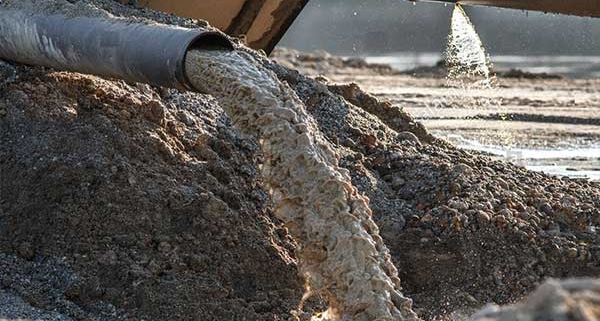Sludge treatment refers to the process of reducing, stabilizing and harmless sludge concentration, quenching, dehydration, stabilization, drying or incineration. Sludge disposal refers to the sludge that has been treated, disposed of in the natural environment or reused, and can achieve long-term stability and no adverse effects on the ecological environment. The data shows that in 2018, China’s urban solid waste was 78.8 million tons, forming 36 million tons of sludge. At present, the environmental protection industry is increasingly aware of the necessity and urgency of sludge treatment and disposal, and the original ‘heavy water and light mud’ bias has been changed. As far as the conventional methods of sludge disposal are concerned, whether it is incineration or carbonization; whether it is landfill or composting, it will cause associated secondary pollution problems. Supercarbon materials can better solve the sludge treatment problem.
What is sludge-based supercarbon material (CTDD-2)?
Desulfurization and denitration special super-carbon is a kind of sludge + biomass-based activated carbon. It is selected from urban or industrial sludge and rice straw straw rich in organic matter. The production process is to dry the sludge and add straw stalk biomass particles. It is made of materials, active additives, suitable binder extrusion, carbonization and activation. Compared with ordinary activated carbon, it can be used to treat flue gas emitted from power plants, steel mills, petrochemicals, coking and other industries, and simultaneously remove SO2. And NOX, no need to spray ammonia, flue gas purification and use effect is better than traditional activated carbon.
What are the characteristics of biomass-based supercarbon materials?
Desulfurization and denitrification special sludge + biomass-based super carbon production is different from ordinary coal-based columnar activated carbon. Desulfurization and denitration special super-carbon has higher sulfur capacity, higher capacity, stronger strength, and resistance to extrusion, wear and impact. The characteristics are more prominent, the specific surface area is slightly lower than the traditional activated carbon, but the pores are particularly developed, the adsorption performance is stronger, the cycle number can be reduced, the equipment volume is reduced, the floor space is reduced, the system configuration can be optimized, the construction investment is reduced, and the material circulation times are small. The parsing segment has a lower workload, higher operational convenience, and lower operating and maintenance costs.
What is the application of biomass-based supercarbon materials?
Desulfurization and denitrification special sludge + biomass-based super carbon for non-ferrous metal smelting tail gas, sintering pellet tail gas, coal-fired power plant flue gas, heating furnace, gas generator, coke oven, municipal waste incineration flue gas and cement, ceramics, glass, In the chemical and petroleum industries, the removal of sulfur dioxide, nitrogen oxides and hydrogen sulfide in coal-fired flue gas, fuel flue gas and industrial exhaust gas is good, and it can also be used as a filter material for personal protective equipment to protect against sulfur dioxide and nitrogen oxides. Desulphurization and denitrification special sludge + biomass-based super carbon can be desulfurized and denitrated simultaneously from the initial simple desulfurization.
After undergoing a technological breakthrough, the “Desulfurization and Denitrification Special Sludge+Biomass-based Superchar” developed by Zhongjing Environmental Technology has carried out a series of technical improvements on this basis, eliminating the process of spraying ammonia, which is a qualitative Leap, the product that is removed for the acid needs can be selected to prepare sulfuric acid or sulfur. For customers who do not need acid demand, they can choose to use the filler or gelling agent for building materials directly after grinding into powder. It has established a material recycling system of “recycling resources”, which also increases the revenue of customers’ by-products while protecting the environment.



